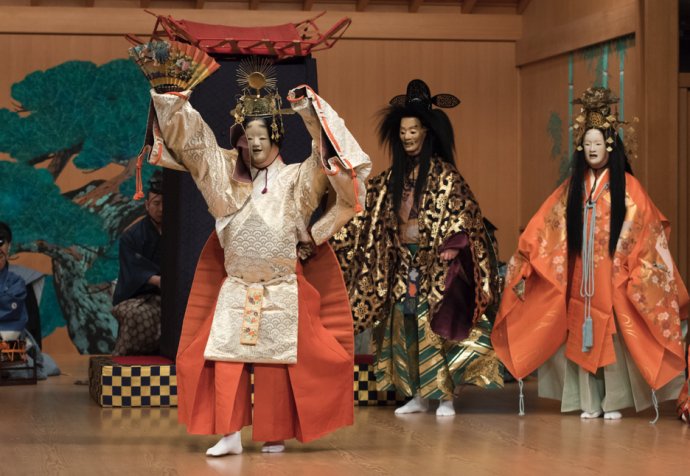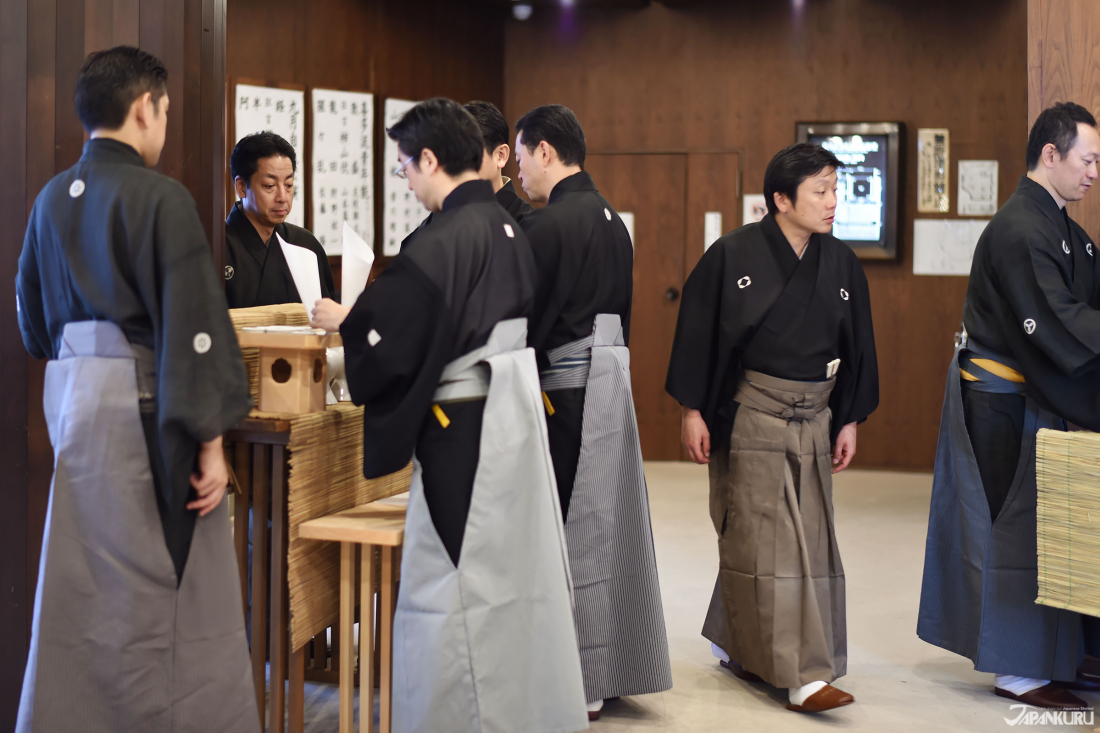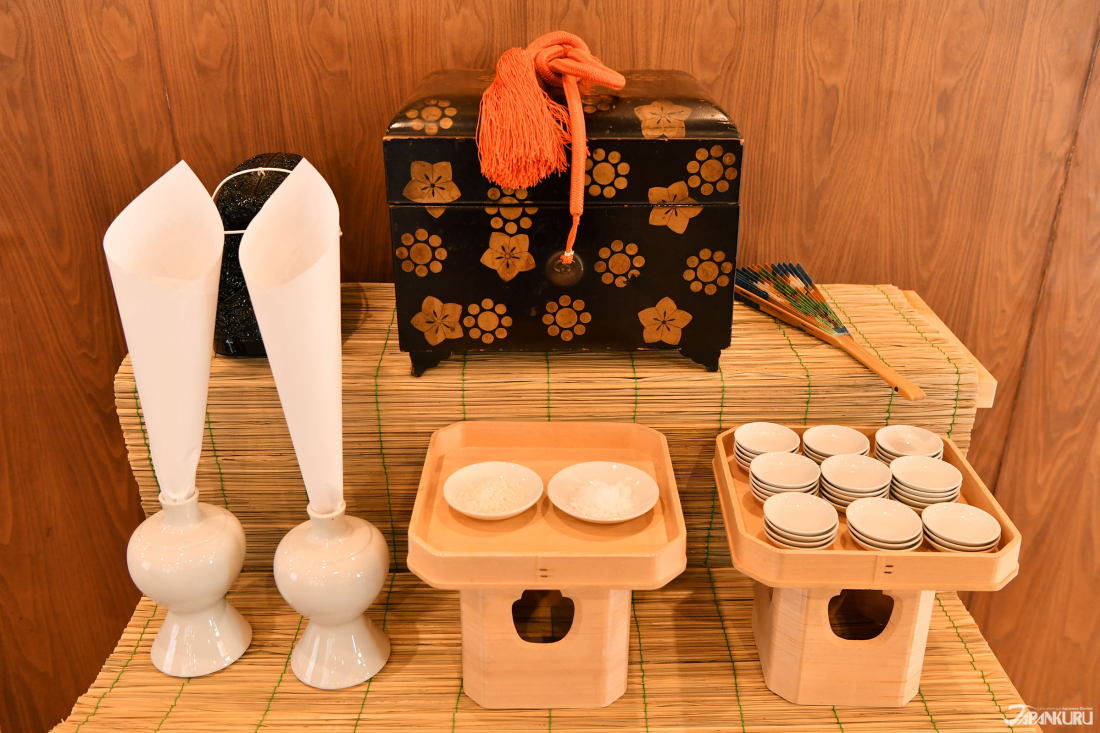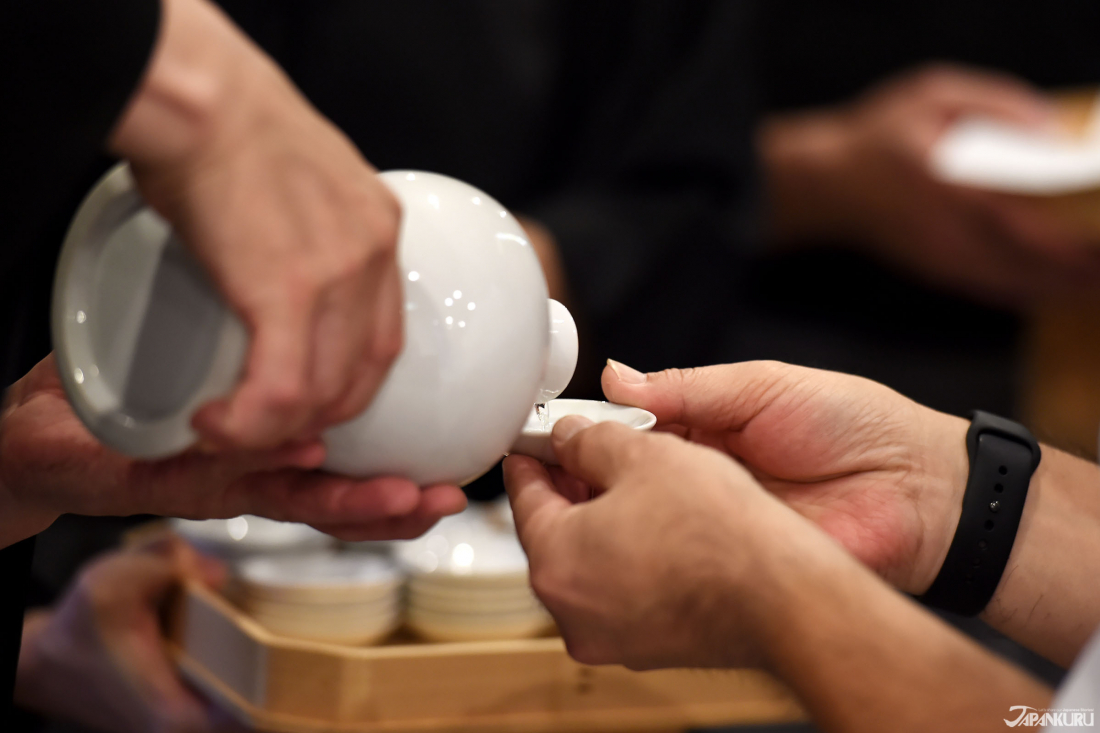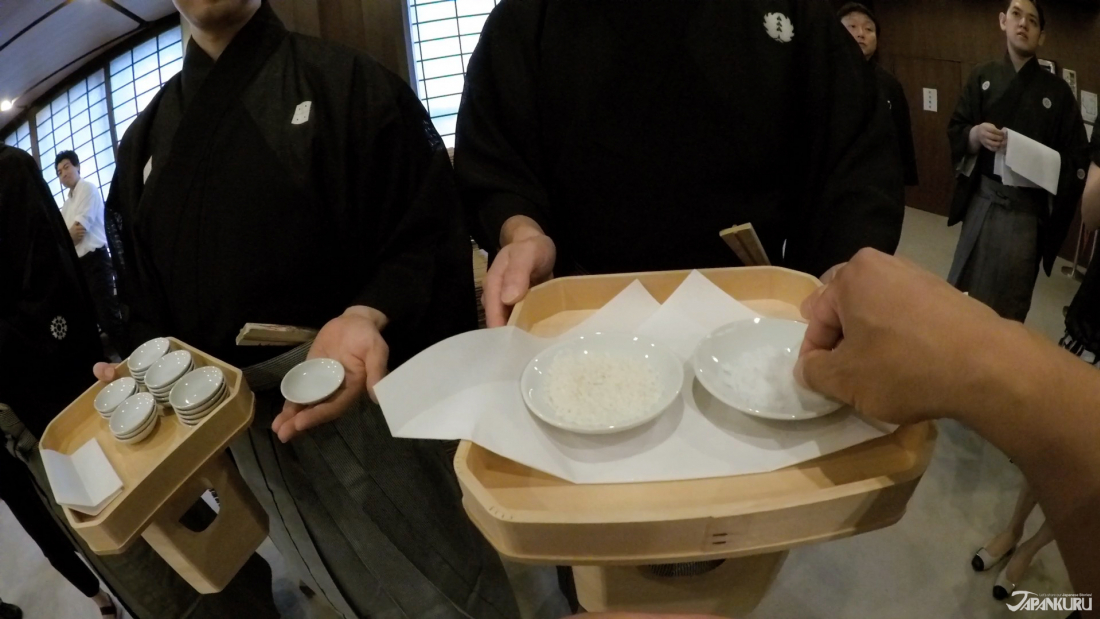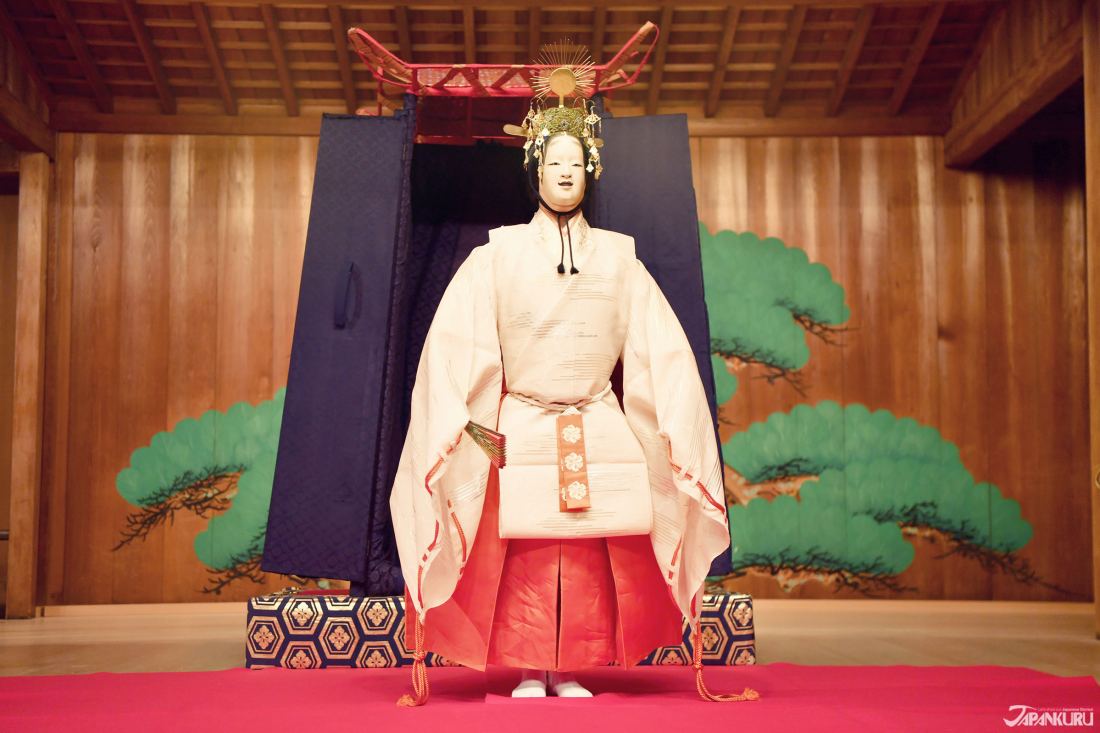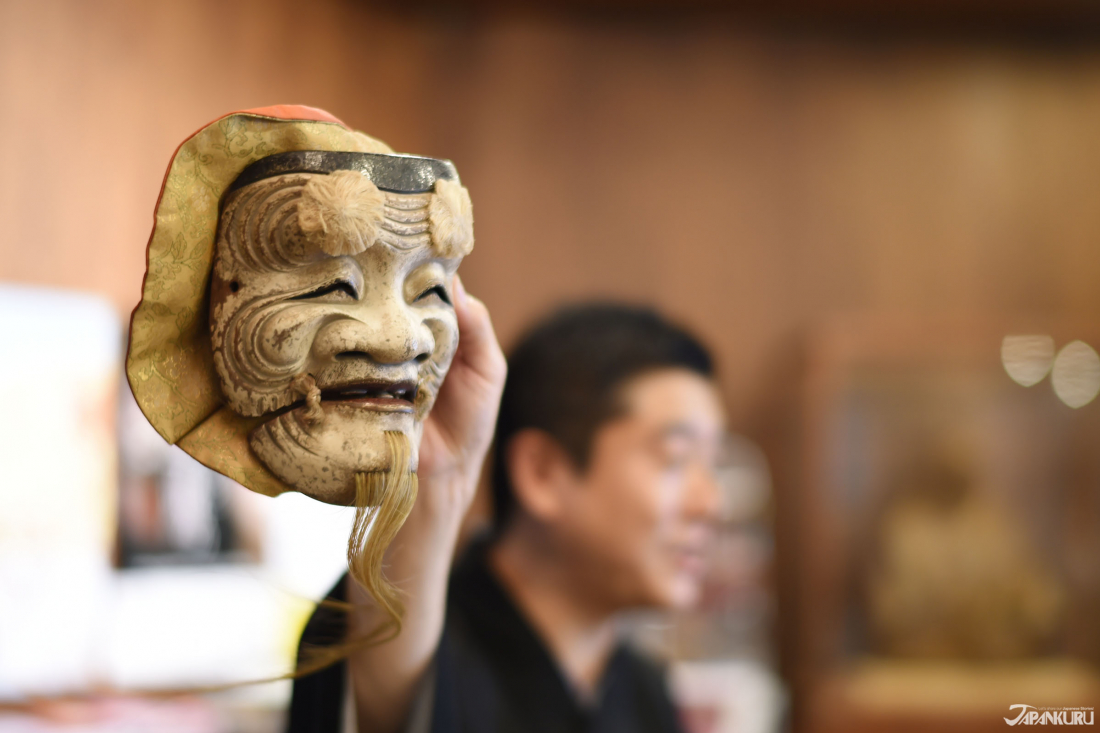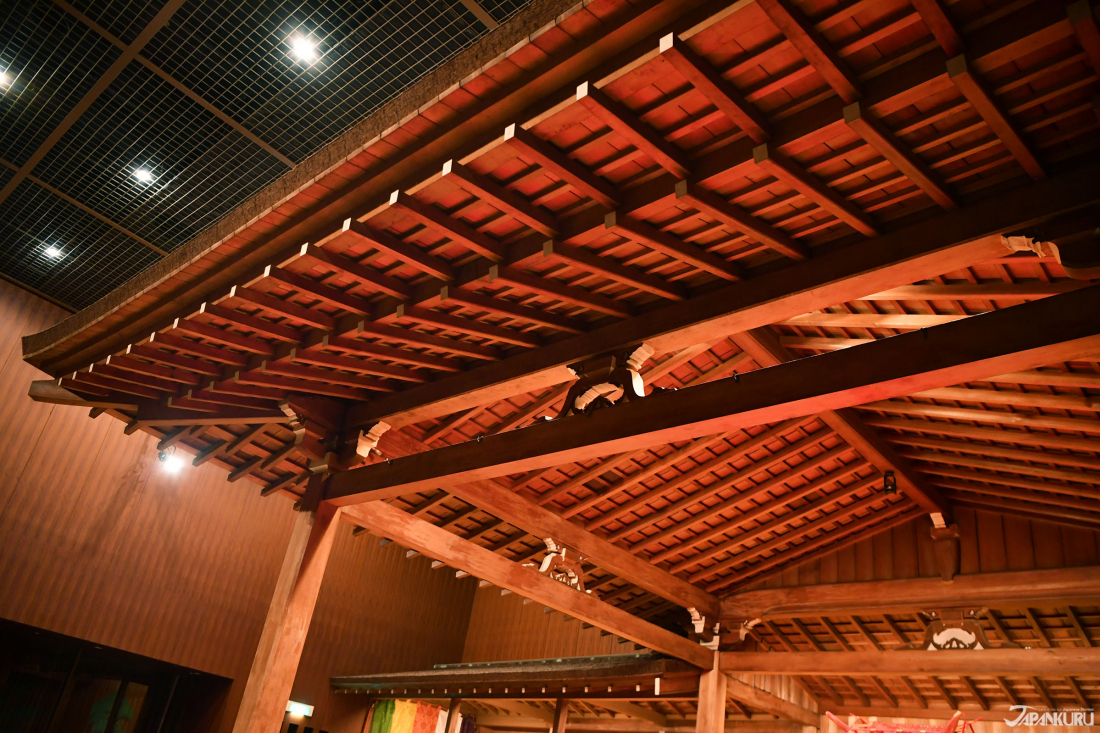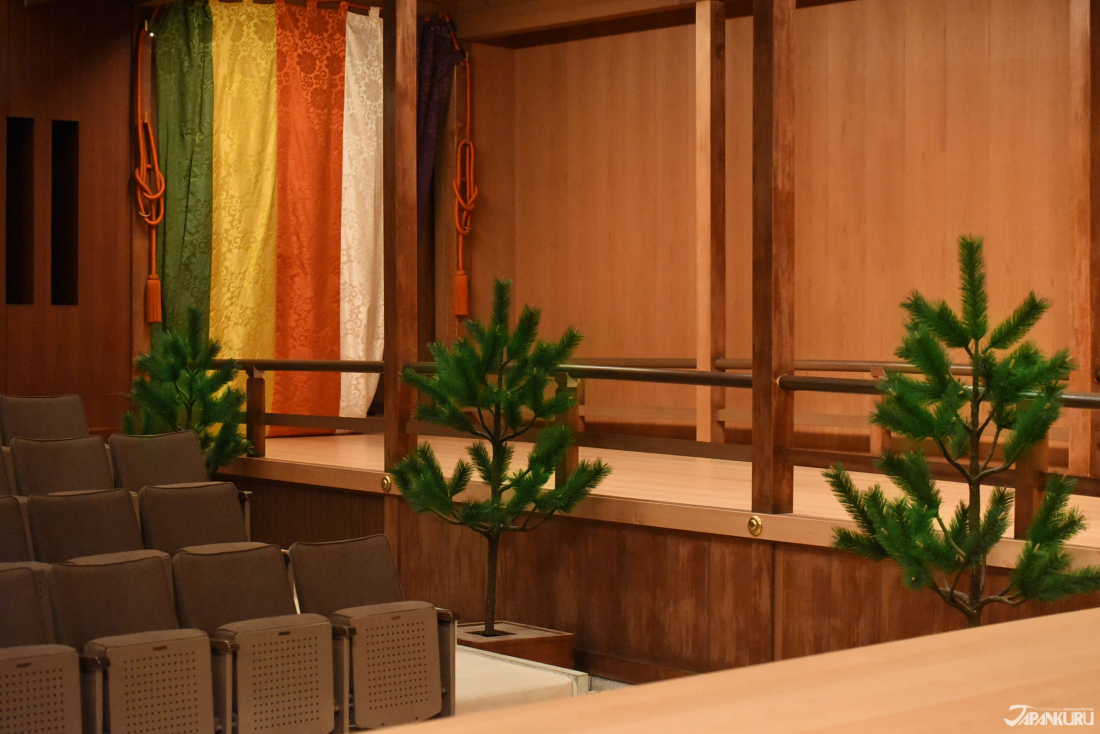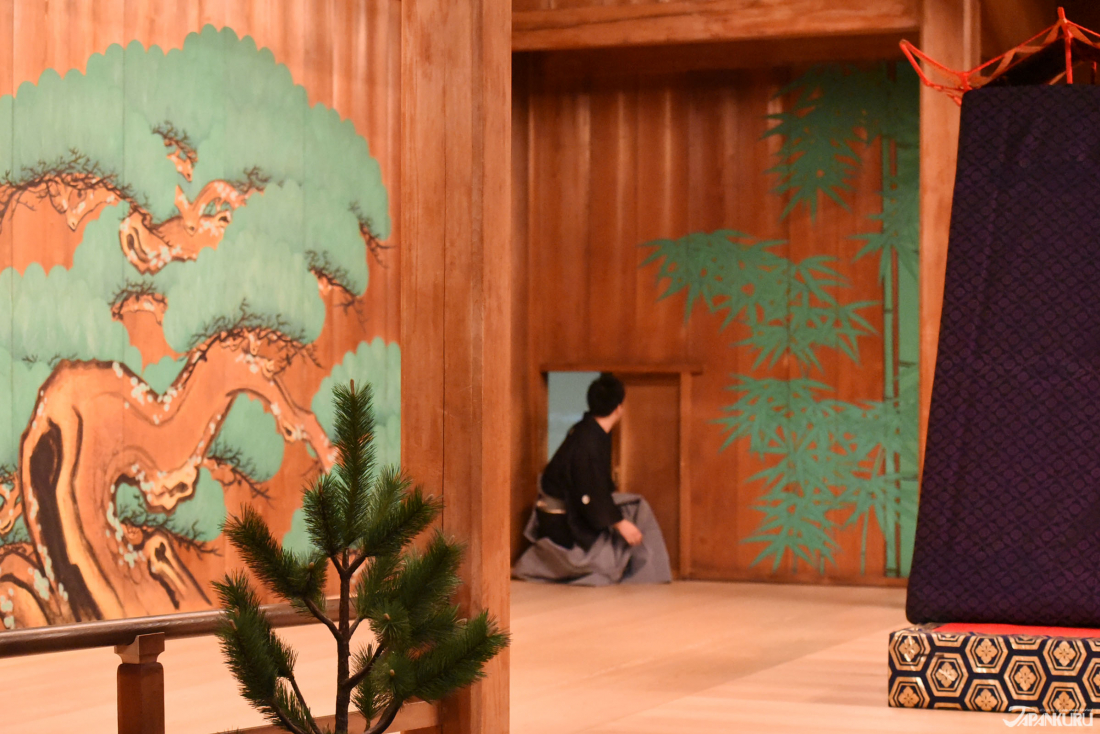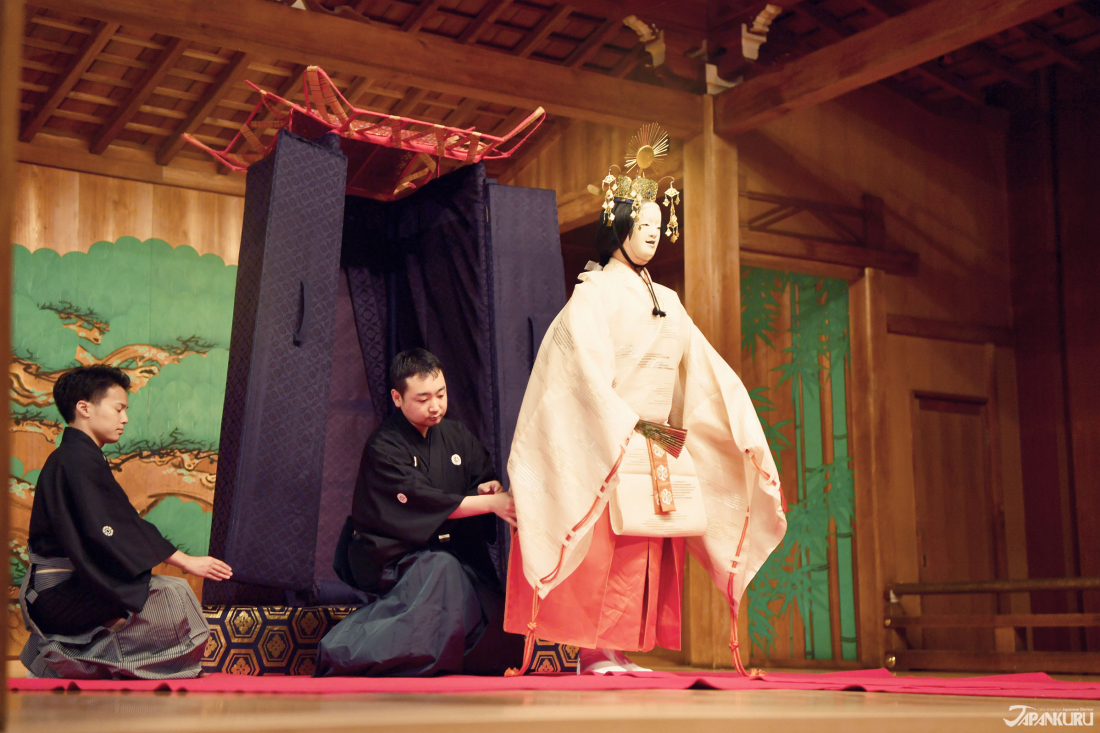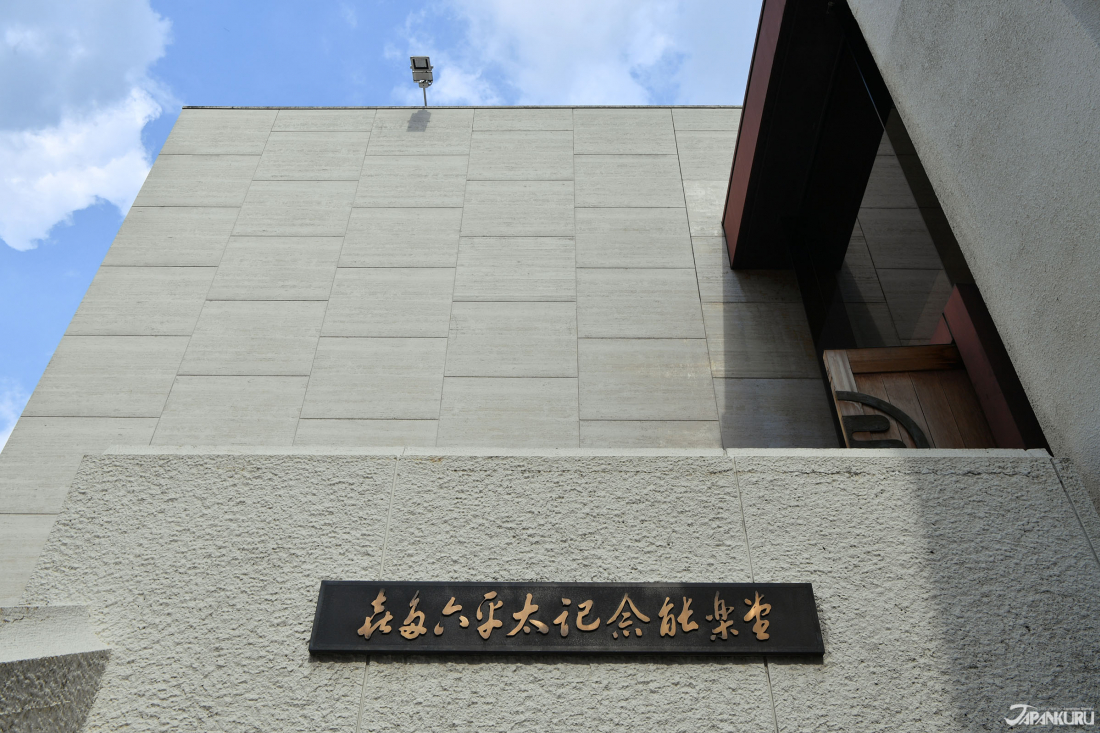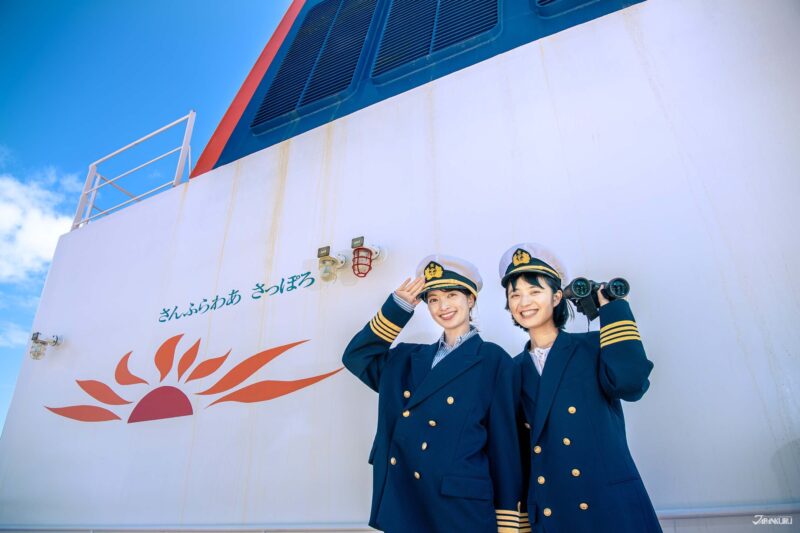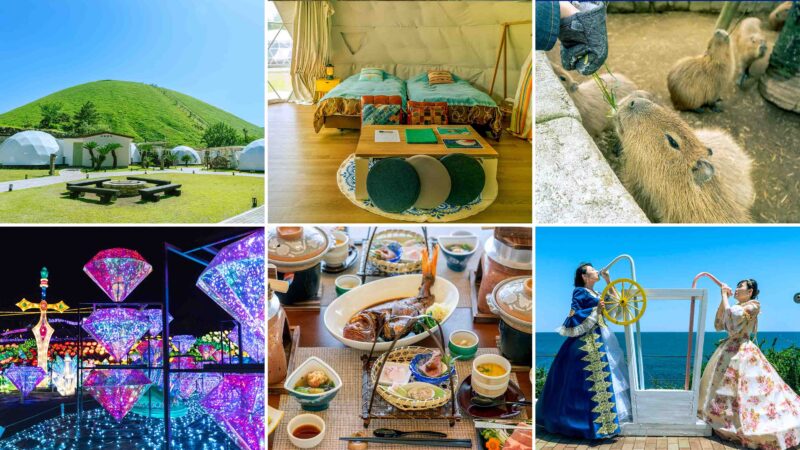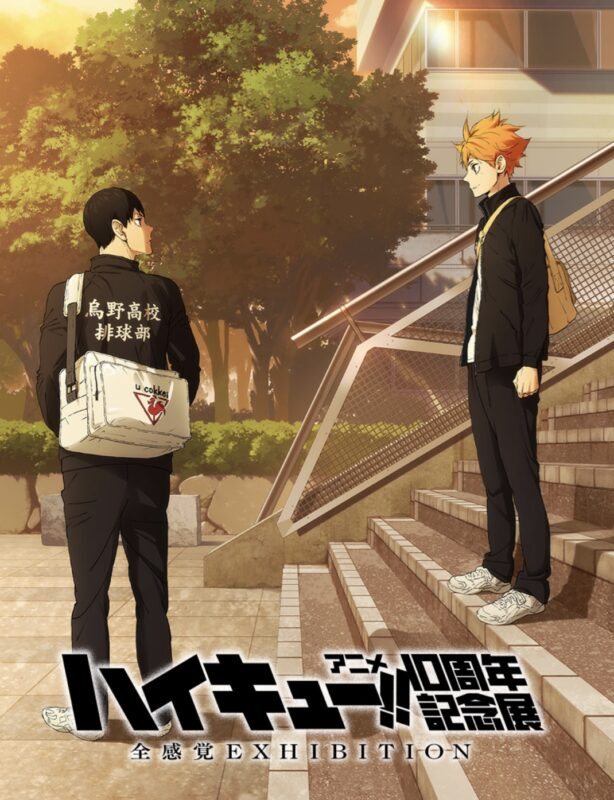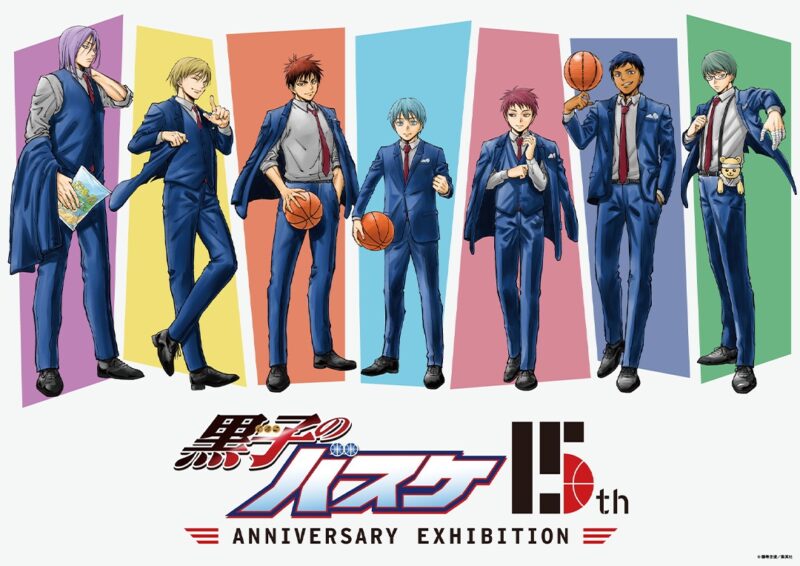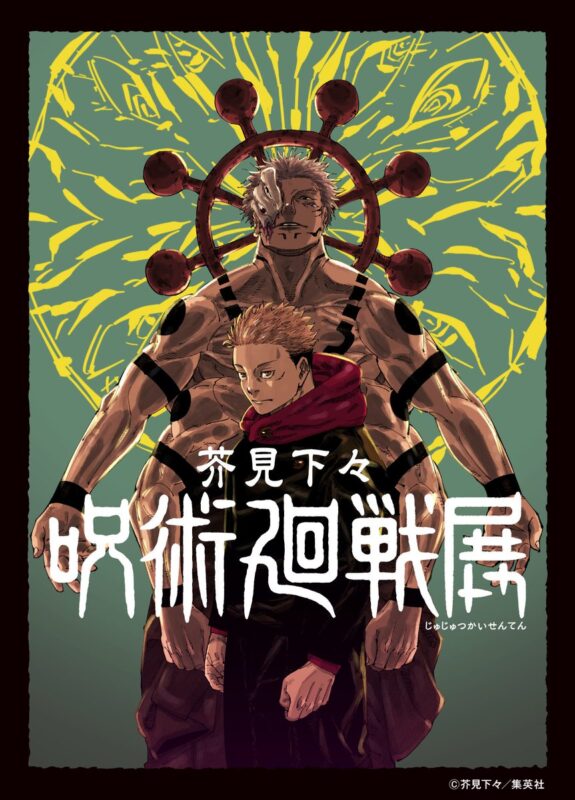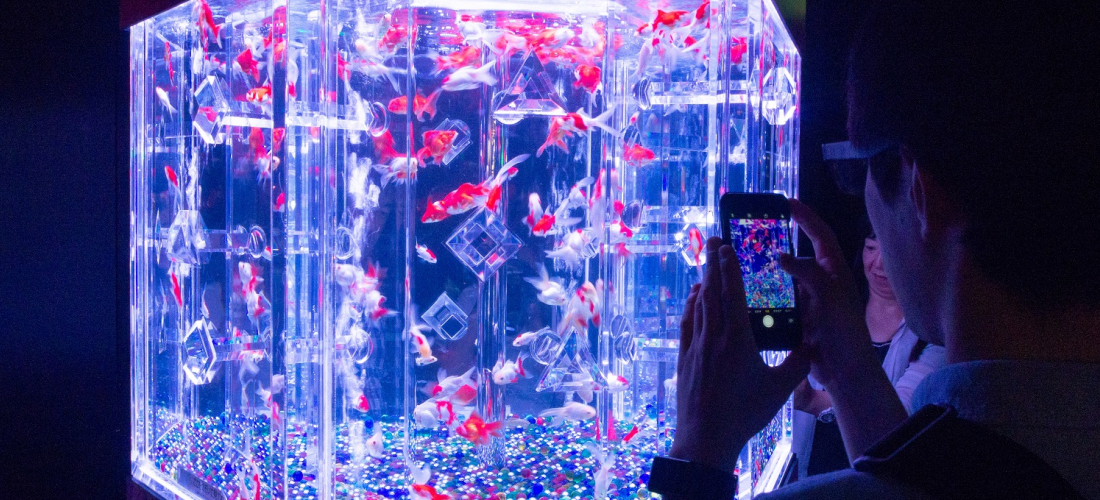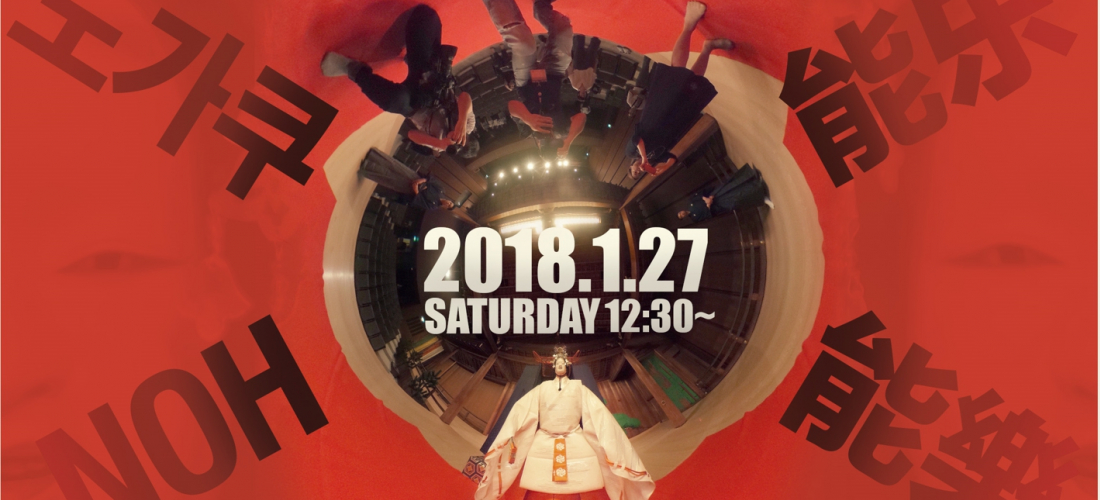
CONTENTS
Noh, a classical Japanese theatrical performance for the aristocratic.
Go into a "Japan" area of any major museum and you are bound to see a section of Japanese Noh masks. So beautifully sculpted and delicate looking, but eerie at the same time. The movie "The Mask" with Jim Carrie tends to come to mind whenever we see one. There's got to be some type of mystical powers in these masks…
because the way they come to life when they're worn brings people speechless.
These elaborate masks are worn during a traditional Japanese theatrical performance.
When most people hear "Japanese performance", most people think of Kabuki.
While both having long cultural history and being a part of the Japanese arts,
there are a few big things that differentiate the two. Do you know what those characteristics are??
Click HERE to know more about
When?
Saturday, January 27, 2018
Where?
Kita Noh Theatre (喜多能楽堂)
http://kita-noh.com/
Facebook: https://www.facebook.com/kita.nohgakudo/
Ticket Fee
Adult: 3,000yen Students: 1,500yen
Stunning Noh Costumes (能装束)
Unlike kimonos and yukatas,
Noh costumes are much more impressive and boldly patterned.
Photo taken by Hachiro Tsujii
Noh is one of the world's oldest continually-performed types of theater and the oldest of Japan's traditional performing arts. It is performed by exclusively by men to the accompaniment of recitative chants
called yokyoku (謡曲) and an orchestra of a flute and three types of drums.
GO BACKSTAGE!
JAPANKURU got an invitation to see what sort of things can be seen and done!
So we wanted to share the information with everyone while spreading the knowledge of Noh!
Normally only performers can walk on the stage, since the stage has a spiritual connection with god.
Since this day is an event to help spread the interest and knowledge of Noh Theatre to foreigners though,
you can walk around the red carpet! A bit of advise though! Wear white socks!!
During the Nara Period (710-794), a form of popular entertainment named sangaku (散楽)
was imported to Japan from China. This led to the development of sarugaku (猿楽)
(saru meaning monkey, gaku meaning music) which included pantomime, acrobatics and magic.
The developers of Noh were the playwright Kanami Kiyotsugu and his son, Zeami Motokiyo.
The first Noh performances was when Zeami and Kanami were 12 and danced sarugaku in front of the 18-year-old shogun Ashikaga Yoshimitsu in 1374 in Kyoto. With Yoshimitsu's support,
Zeami and Kanami developed Noh by incorporating elements of their performing arts,
poetry, and classical and current topic into the dance.
From Mascaraed to Sacred Ceremony
Since it's origins are from sarugaku, which has a more free, fun performance feeling to it,
the final result of Noh became more serious and classical. A performance only done at temples, shrines, and festivals, basically for a selected group of samurai, lords, and aristocrats. Noh changed a lot through the years, but finally settled into as we know it today in the 14th century.
Noh officials preparing for the ceremony
Sake nuptial cups “Sakazu goto” (盃事)
⓵Drink sake and make a vow to god
Similar to a Shinto style wedding, one of the most significant parts of the ceremony is drinking sake
because it symbolizes making a pledge between the bride and groom, or in this case the Noh performer and god.
Ward off evil spirits by striking a flint behind you!
② Hiuchi ishi (火打石)
Hiuchi ishi (火打石), is a purification ritual that is done by striking sparks from a flint.
According to the Ancient Book of Japan, "Kojiki," striking a flintwas used to overcome and ward off evil spirits. It is still very much believed and done to this day.
③ Cleanse your body and soul with rice and salt
Both white rice and salt is used for ceremonies in Japan.
Some Westerns can understand rice, since sometimes at weddings they would throw rice.
Cultural Artifacts
Stunning Noh Costumes (能装束)
There are some specific forms of costumes characteristic of Noh.
Like wide folding trousers of some of the male characters and the highly ornamented colorful robes (called karaori) of many of the female characters.
Noh Masks (能面)
Since the masks have a singular expression, specific masks are associated with specific characters.
A devil-like, horned mask, for example, is worn by an actor playing Hannya, the jealous, revengeful demon who was once a beautiful woman.
Cultural Reference in the Stage
The stage where Noh is performed is called the Nogakudo (能楽堂).
Unlike kabuki, which emphasizes grand gestures and spectacles,
Noh gets its punch from subtlety, focusing only on the characters in the play.
The Noh stage was originally outdoors which explains the roof.
However now the structures have been moved inside. It's a complete beauty!
On the side of the center stage is a walkway. At the end of the walkways are curtains.
It is said that behind the curtains and in the walkways represent the underworld.
The center image of the stage is a pine tree.
There are two big meanings behind the pine tree.
1. It's relevant and doesn't change in every season – summer, fall, winter, and spring.
2. The trees have a long lifespan, a symbol of longevity.
On the right of the stage is a small entrance.
It's an entrance for the narration and other non-performers.
Everything mentioned are things you get to experience and do at the Kitano Gakudo!
When?
Saturday, January 27, 2018
Daily Schedule
① 12:30 ~ Experience Corner (ritual)
② 1:30pm ~ Noh Performance
③ 3:45pm ~ Backstage tour
Ticket Fee
Adult: 3,000yen Students: 1,500yen
Inquiries
Kita Noh Theatre
03-3491-8813 (10am~6pm)
okina_ticket@kita-noh.com
Organizer: Arts Council Tokyo
For more info and tickets:
Kita Noh Theatre (喜多能楽堂)
http://kita-noh.com/
Facebook: https://www.facebook.com/kita.nohgakudo/
🥁More interesting articles on JAPANESE CULTURE🥁
🥁 **Ancient Japanese Imperial Court Music** 🥁
🥁 **Go Back in Time – Edo Era Tour with Hinomaru Taxi** 🥁
🥁*Make Your Own Sushi*🥁
Details
NAME:Kita Noh Theatre (喜多能楽堂)
MAP
4 -6-9 Kamiosaki, Shinagawa-ku, Tokyo
ACCESS:Meguro
https://www.facebook.com/kita.nohgakudo/
https://cometojapankuru.blogspot.jp/2017/10/japanese-culture-entertainment-watch.html#more
CONTACT TEL:03-3491-8813
PROFILE
Follow us @Japankuru on Facebook, Instagram, and Twitter!
COMMENT
FEATURED MEDIA
VIEW MORE
A Very Special Trip on the Ferry Sunflower #japankuru #ferrysunflower #hokkaidotrip #japanexperience #japantrip #girlstrip #oarai #tomakomai #北海道 #北海道旅行 #茨城 #홋가이도 #일본선박여행 #토마코마이 #이바라키 #북해도 #페리여행 #여행에미치다 #여자끼리 #日本渡輪 #sunflower號 #坐船旅行 #日本女子旅 #日本體驗

Japanese Makeup Shopping • A Trip to Kamakura & Enoshima With Canmake’s Cool-Toned Summer Makeup #pr #canmake #enoshima #enoden #에노시마 #캔메이크 #japanesemakeup #japanesecosmetics

⚔️The Robot Restaurant is gone, but the Samurai Restaurant is here to take its place. Check it out, and don't forget your coupon! 🍣신주쿠의 명소 로봇 레스토랑이 사무라이 레스토랑으로 부활! 절찬 쿠폰 발급중 💃18歲以上才能入場的歌舞秀,和你想的不一樣!拿好優惠券去看看~ #tokyo #shinjuku #samurairestaurant #robotrestaurant #tokyotrip #도쿄여행 #신주쿠 #사무라이레스토랑 #이색체험 #할인이벤트 #歌舞伎町 #東京景點 #武士餐廳 #日本表演 #日本文化體驗 #japankuru #japantrip #japantravel #japanlovers #japan_of_insta

Japanese appliance & electronics shopping with our KOJIMA x BicCamera coupon! 用JAPANKURU的KOJIMA x BicCamera優惠券買這些正好❤️ 코지마 x 빅 카메라 쿠폰으로 일본 가전 제품 쇼핑하기 #pr #japankuru #japanshopping #kojima #biccamera #japaneseskincare #yaman #dji #osmopocket3 #skincaredevice #日本購物 #美容儀 #相機 #雅萌 #日本家電 #일본여행 #면세 #여행꿀팁 #일본쇼핑리스트 #쿠폰 #일본쇼핑 #일본브랜드 #할인 #코지마 #빅카메라 #japankurucoupon

Odaiba's DiverCity Tokyo Plaza is home to the famous real-size 20m-tall Unicorn Gundam, and the popular shopping center has even more Gundam on the inside! Check out the Gundam Base Tokyo on the 7th floor for shelves upon shelves of Gunpla, and the Gundam Base Tokyo Annex on the 2nd floor for cool anime merchandise. Both shops have tons of limited-edition items! #pr #odaiba #tokyo #tokyotrip #japantrip #japantravel #PR #divercity #divercitytokyoplaza #tokyoshopping #gundam #unicorngundam #gundambasetokyo #anime #otaku #gunpla #japankuru #오다이바 #다이바시티도쿄 #오다이바건담 #건담 #일본건담 #건프라 #건담베이스도쿄

#okinawa #japankuru #littleuniverse #littleuniverseokinawa #오키나와 #리틀유니버스오키나와 #일본여행 #沖縄 #iias沖縄豊崎 #dmm카리유시수족관 #오키나와여행 #沖繩小小宇宙博物館 #iiasokinawatoyosaki #이이아스오키나와 #japanesekawaii #japantrip #okinawajapan #okinawatrip







